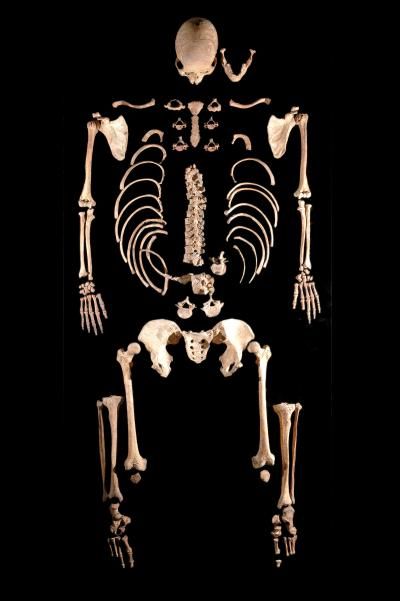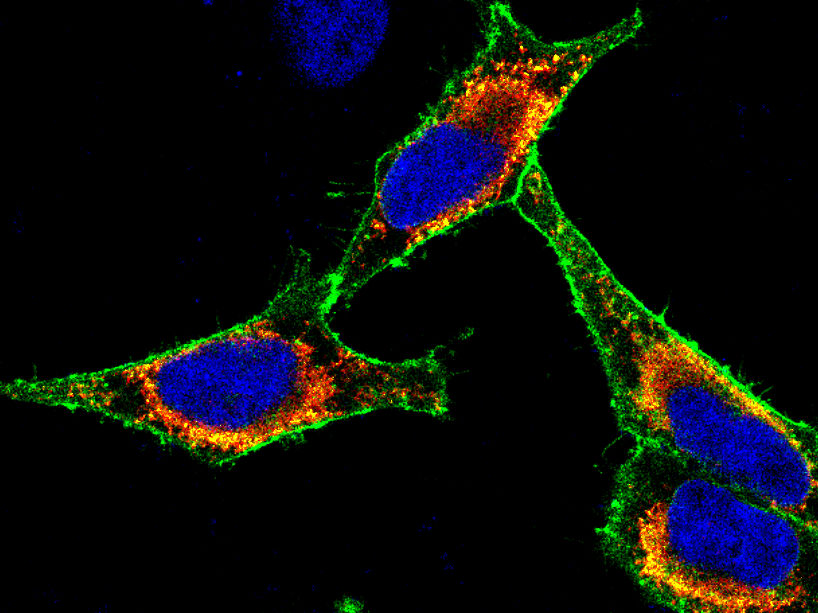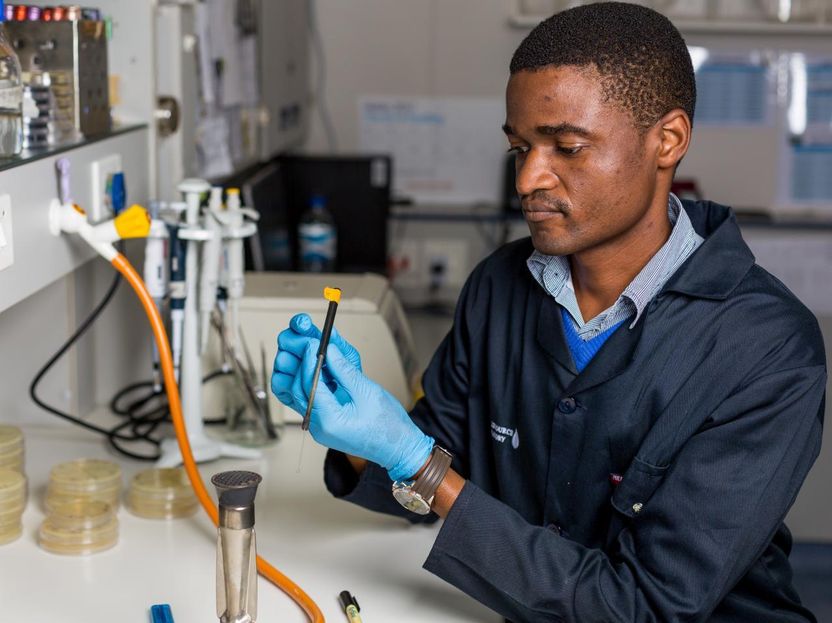CSIC recovers part of the genome of 2 hunter-gatherer individuals from 7,000 years ago
A team of scientists, led by researcher Carles Lalueza-Fox from CSIC (Spanish National Research Council), has recovered - for the first time in history - part of the genome of two individuals living in the Mesolithic Period, 7000 years ago. Remains have been found at La Braña-Arintero site, located at Valdelugueros (León), Spain. The study results, published in the Current Biology magazine, indicate that current Iberian populations don't come from these groups genetically.

This is a reconstruction of individual Braña‑1, whose skeleton was almost complete and in good condition.
Alberto Tapia
The Mesolithic Period, framed between the Paleolithic and Neolithic Periods, is characterized by the advent of agriculture, coming from the Middle East. Therefore, the genome found is the oldest from Prehistory, and exceeds Ötzi, the Iceman, in 1700 years.
Researchers have also recovered the complete mitochondrial DNA of one of these individuals, through which they could determine that European populations from Mesolithic Period were very uniform genetically. Carles Lauleza-Fox, from the Institute of Evolutionary Biology (CSIC-UPF), states: "These hunters-gatherers shared nomadic habits and had a common origin. Despite their geographical distance, individuals from the regions corresponding to the current England, Germany, Lithuania, Poland, and Spain, shared the same mitochondrial lineage".
The DNA data, which represent the 1.34% and the 0.5% of both individuals total genome, show that they are not directly connected to current populations of the Iberian Peninsula. Iberians from the Mesolithic Period were closer to current populations of northern Europe, who could have assimilated part of the genetic legacy of these hunters-gatherers.
Most read news
Other news from the department science

Get the life science industry in your inbox
By submitting this form you agree that LUMITOS AG will send you the newsletter(s) selected above by email. Your data will not be passed on to third parties. Your data will be stored and processed in accordance with our data protection regulations. LUMITOS may contact you by email for the purpose of advertising or market and opinion surveys. You can revoke your consent at any time without giving reasons to LUMITOS AG, Ernst-Augustin-Str. 2, 12489 Berlin, Germany or by e-mail at revoke@lumitos.com with effect for the future. In addition, each email contains a link to unsubscribe from the corresponding newsletter.
Most read news
More news from our other portals
Last viewed contents
BioStorage Technologies, Inc., Accelerates European Expansion with Opening of New German Facility
Child_Mental_Health_Research_Trust
USC scientists turn a harmful greenhouse gas into a tool for making pharmaceuticals - New technique finds a use for ozone-destroying chemical waste product
Ariadne Expands Presence in South-East Asia - Genomax Technologies to Distribute Ariadne Software in the Region
All genes in 1 go
Europe challenges USA in stem cell research

Medication-based starvation of cancer cells - Findings on cancer medication reveal protein regulation mechanism
Evotec reaches milestone in integrated drug discovery and development partnership with Aeovian






















































